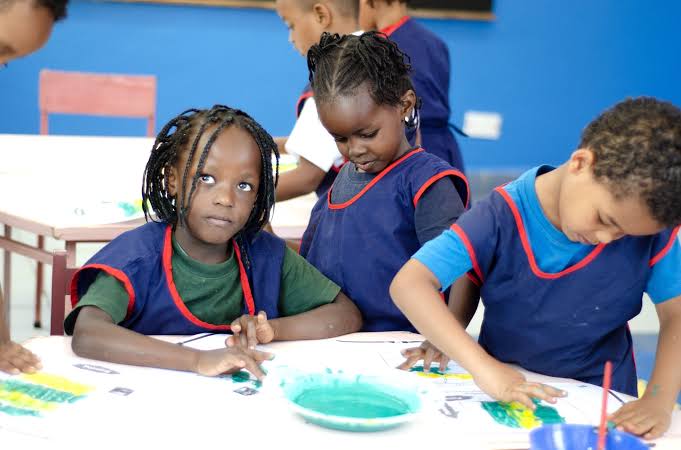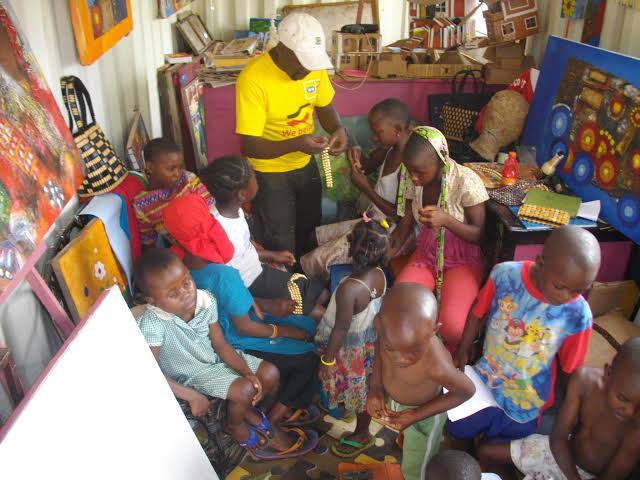Art and craft activities play a crucial role in the development of children. These formative years are a treasure trove of creativity waiting to be unleashed. Engaging children in artistic endeavours not only fosters their imagination but also contributes to their cognitive, emotional, and social development.

The Importance of Art and Craft
Expression and Communication: Art provides a medium for children to express themselves beyond words. Through drawing, painting, and crafting, they can communicate thoughts and emotions, helping them develop effective communication skills.
Fine Motor Skills: Engaging in craft activities involves intricate hand movements, which helps in the development of fine motor skills. Cutting, pasting, and colouring contribute to the refinement of coordination and dexterity.
Problem Solving: Art and craft projects often present challenges that require creative solutions. This nurtures a child’s problem-solving skills as they figure out how to assemble pieces or choose colours for their creations.
Boosting Self-Esteem: Completing an art project provides a sense of accomplishment, boosting a child’s self-esteem. Displaying their artwork or receiving positive feedback encourages a positive self-image.

Cognitive Development: Art engages various cognitive functions such as memory, attention, and spatial awareness. Planning and executing a craft project stimulate the brain, promoting cognitive development.
Social Skills: Collaborative art activities promote teamwork and social interaction. Children learn to share materials, ideas, and space, fostering a sense of community and cooperation.
Tips for fostering creativity in children
Open-Ended Projects: Provide art and craft projects with no predetermined outcome. This encourages children to explore their creativity freely, allowing them to take ownership of their creations.
Diverse Materials: Offer a variety of art supplies such as coloured paper, glue, markers, beads, and more. Diverse materials inspire children to experiment with textures, colours, and shapes.

Encourage Storytelling: Ask children to narrate stories related to their artwork. This not only enhances their storytelling abilities but also connects their imaginative world with tangible creations.
Outdoor Inspiration: Take art sessions outdoors to draw inspiration from nature. Nature walks and outdoor sketching stimulate creativity and provide a refreshing change of scenery.
Celebrate Mistakes: Encourage a positive attitude towards mistakes. Emphasize that mistakes are opportunities to learn and grow, fostering resilience and a fearless approach to creativity.

Art and craft are invaluable tools for unlocking the boundless creativity within children. Through these activities, they not only create beautiful masterpieces but also embark on a journey of self-discovery, skill development, and joyous expression. As parents and educators, let’s nurture and celebrate the artistic spirit within our young ones, fostering a lifelong love for creativity.




